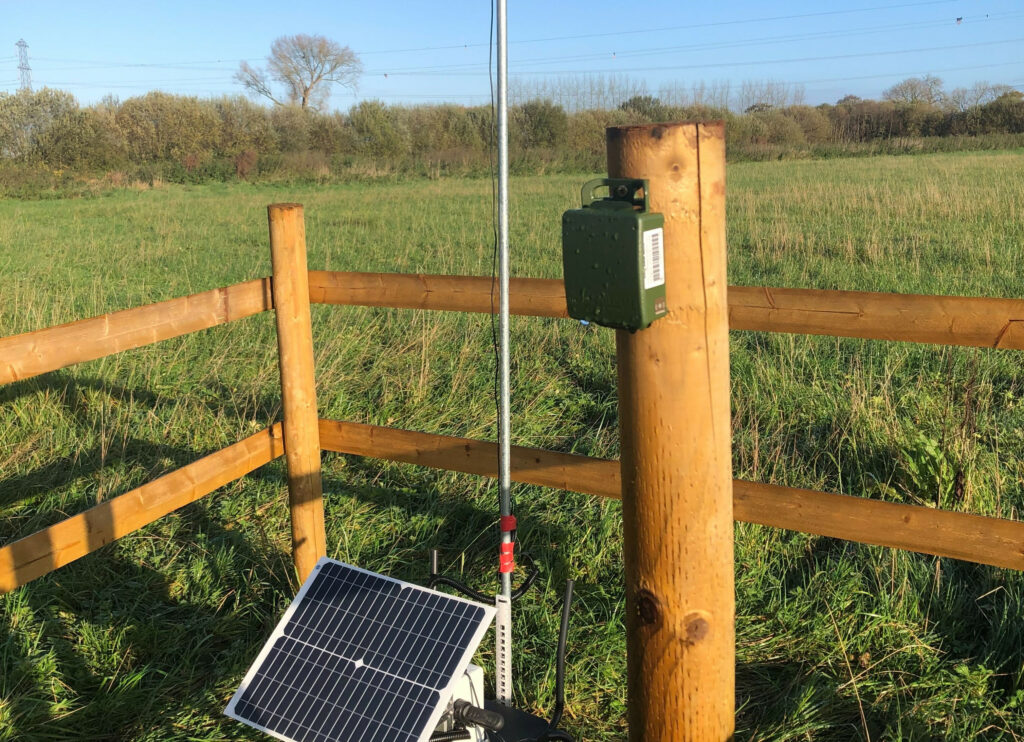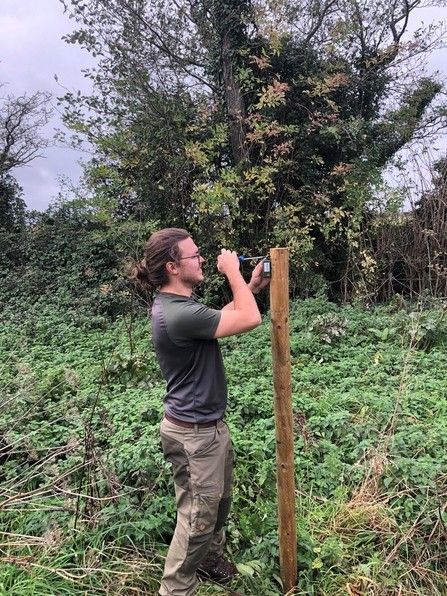In July, the Biological Recording Company held the first of three webinars on bioacoustics in conservation. These webinars, which are presented in partnership with Wilder Sensing, Wildlife Acoustics and NHBS, began with a general introduction to bioacoustics, and will be followed with two sessions later in the year discussing the technology in more detail.
In the first webinar, talks by Geoff Carss of Wilder Sensing and Joe Hampson from the Somerset Wildlife Trust provided listeners with an overview of bioacoustic technology, its applications in measuring diversity and a short story of Honeygar farm, the Trust’s first ‘wilded’ site. NHBS are pleased to have sponsored this webinar, and we would like to thank participants who took part in our prize draw to win a Song Meter Micro 2.

Wilder Sensing: An entry-level introduction to bioacoustics
Bioacoustics provides ecologists and conservationists with an auditable, low-cost technology to measure biodiversity. It involves the use of audio recorders to passively detect sound in an environment, which can then be analysed to provide insights into community assemblage.
This technology can be used to measure several environmental variables, including animal presence, soil health, weather and infrastructure. Long-term monitoring of an environment can provide us with new insights on the richness and species density of an area and can even be used to analyse migration of key groups. Analysis can also determine areas of interest and habitat preferences for certain species, which can be used to inform future land management.
This method removes bias from traditional surveying techniques, where the skill and age of the observer, or sometimes even the day itself, can impact the result of a traditional survey. However, there are some limitations associated with this technology. False positives (the technology can misidentify a species), false negatives (the technology might miss a call), poor sound quality and mimicry can impact the accuracy of recorded data. To capture an accurate picture of community assemblage, passive recording is best used in partnership with traditional site surveying. This way, disturbance and false negatives can be mitigated, and through bioacoustic surveys, we can revisit the recordings as technology develops.

Key points:
- Bioacoustic technology provides additional insights into community assemblage through the use of sound
- The technology is best used alongside traditional surveying for a more accurate overview
- The technology is limited by sound quality, false positives and false negatives.
Somerset Wildlife Trust: Honeygar Farm Case study
Honeygar Farm is an 81-hectare site of former intensive farmland, now owned by the Somerset Wildlife Trust (SWT). Since acquiring Honeygar, SWT have employed a unique ‘wilded’ approach to restoring the site.
Changes in hydrology management were among the biggest alterations at Honeygar, as the site has been subject to intense peat drainage to make way for agriculture. Honeygar has over two metres depth of peat, equivalent to 100,000 tons of carbon dioxide, so restoring the natural peatland by blocking drainage ditches was key to improving the carbon storage on site. Cutting and grazing by cattle, historically a huge pressure, has also been reduced from a herd of around 140 animals to 40 individuals. This, partnered with limited silage cutting and resting fields from grazing, is encouraging recovery of the botanical communities on site. The Trust is also exploring the use of different ungulates, including goats, ponies and different cow breeds, to better support the wetland habitat.
Over 20 months, nearly 13 million records were gathered using four sensors on site. This monitoring was undertaken alongside breeding bird, wintering bird and breeding wader surveys to provide a more detailed picture of community assemblage, confirmed with manual validation and targeted surveys to assess rare bird presence. Honeygar will continue to be monitored for insects, birds, mammals, fungi and plants to inform future management practices.

Key points:
- Honeygar Farm is the Trust’s flagship site for the ‘wilding’ approach
- Formerly an agricultural farm, Honeygar is being restored to its natural peatland habitat through alterations in landscape management
- Bioacoustic technology has provided insight into the community assemblage at the farm, helping to inform landscape management.
This webinar was an enlightening insight into bioacoustics and highlighted some interesting points on its conservation applications. Read our Q&A with Geoff to hear more about Wilder Sensing and its technology, and find more details on Honeygar on the Somerset Wildlife Trust website.
Find tickets for the next webinar, ‘Can Passive Acoustic Monitoring of Birds Replace Site Surveys?’ here.

